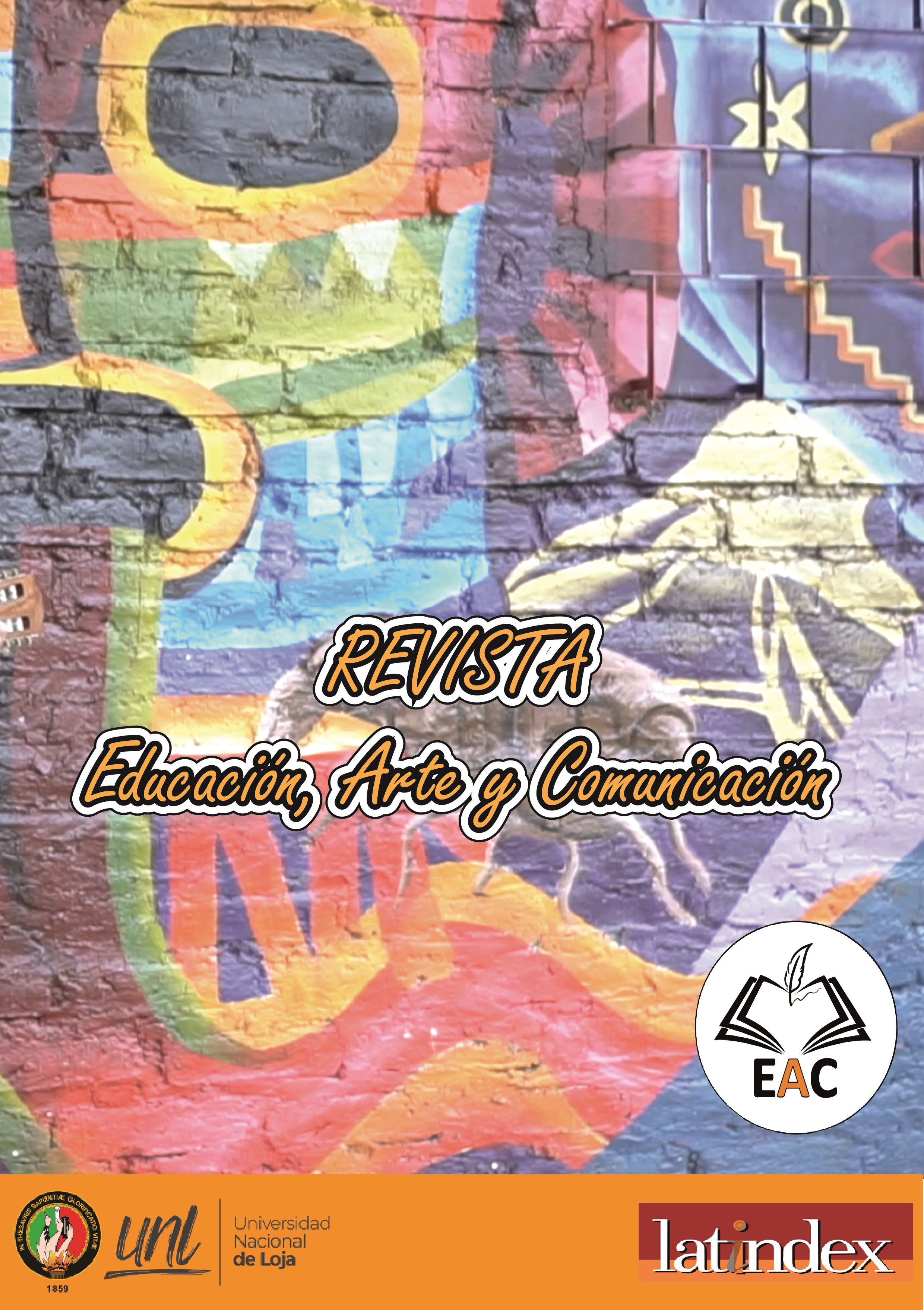The Art of Speaking according to Brief Notions of Civility (1833)
Keywords:
BRIEF NOCIONES OF URBANITY, ladies, conversation, 1833, Bogota, meetings and gatherings.Abstract
So far it is the oldest manual elaborated in Spanish-speaking America. From the observation of its complete title one can extract the objective of the work: BRIEF NOCIONES DE URBANIDAD Extracted from several authors and arranged in the form of a catechism, for the teaching of the young ladies of the New Granada. The text is a compendium of others and is addressed primarily to women. Apparently, its author hopes that, through its pages, the ladies of New Granada will learn general notions about urbanity and, more specifically, about the behavior they should assume with respect to cleanliness, modesty and affability, religion and the way to behave at the table. The 12 lessons that make up the book are developed through questions and answers. For this monograph, the lessons dealing with daily communication have been extracted from the book. Among the various questions that are answered, the following stand out: At what time is it recommended to visit? Who should be greeted first? Who should be looked at during the conversation? When should the phrases "Don't you understand?", "What do you say?" be used? Who should be addressed in a conversation? What should be the epistolary style? Brief notions... is due to the distinguished politician, statesman and journalist from Bogota, Rufino Cuervo y Barreto, born in Tibirita, Cundinamarca, on July 28, 1801, who held prominent public positions during the great Colombia.References
Afanador Contreras, M. I. y Báez Monsalve, J. F. (2015). Manuales de urbanidad en la Colombia del Siglo XIX: Modernidad, Pedagogía y Cuerpo. Historia y Memoria, 11, 57-82. http://www.scielo.org.co/scielo.php?script=sci_arttext&pid=S2027-51372015000200003&lng=en&tlng=es.
Carrillo Lares, E. (2014). Estudio de las motivaciones socio-políticas para el establecimiento de los principios de urbanidad en Colombia en el siglo XIX. Revista de Comunicación de la SEECI, 33, 71-81. https://www.redalyc.org/pdf/5235/523552851006.pdf
Muñoz Monsalve, M. M. (2013). El ciudadano en los manuales de historia, instrucción cívica y urbanidad, 1910-1948. Historia y sociedad, 24, 215–240. https://revistas.unal.edu.co/index.php/hisysoc/article/view/39775
Downloads
Published
How to Cite
Issue
Section
License
EAC declara una política de autoarchivo que les permite a los autores colaboradores publicar y difundir sus artículos en otros medios electrónicos (webs personales, repositorios institucionales, blogs, etc.) bajo los requisitos de la licencia CC BY-NC-SA 4.0 Como condición exige que suministren la información bibliográfica pertinente que acredite su primera publicación, lo que se autoriza solo después de que la EAC haya publicado la investigación.
El autor conserva los derechos de su obra publicada. La revista EAC le solicita únicamente que se le cite como fuente original (revista, editorial, DOI y URL de la obra), que no use la obra con fines comerciales u onerosos, pero sí que se mencione explícitamente la existencia y especificaciones de licencia antes mencionada.
EAC no cobra honorarios por procesamiento ni publicación de artículos. Todas nuestras gestiones son totalmente gratuitas.







